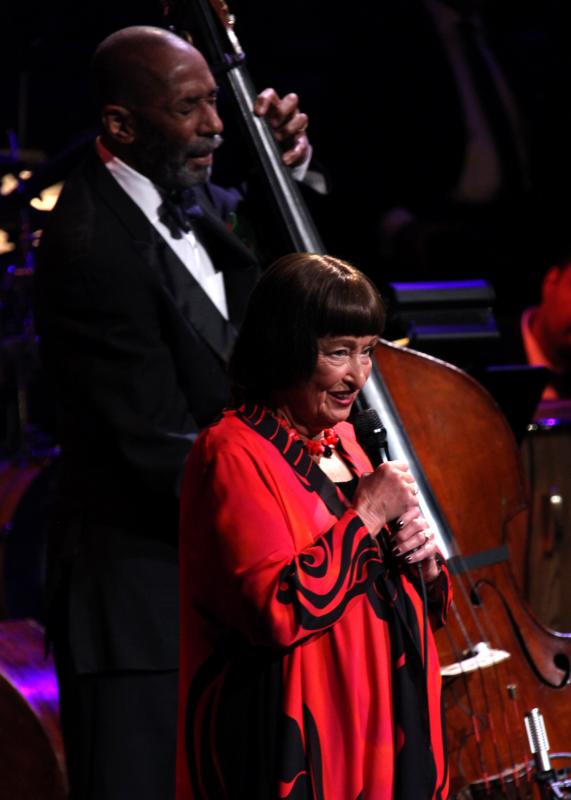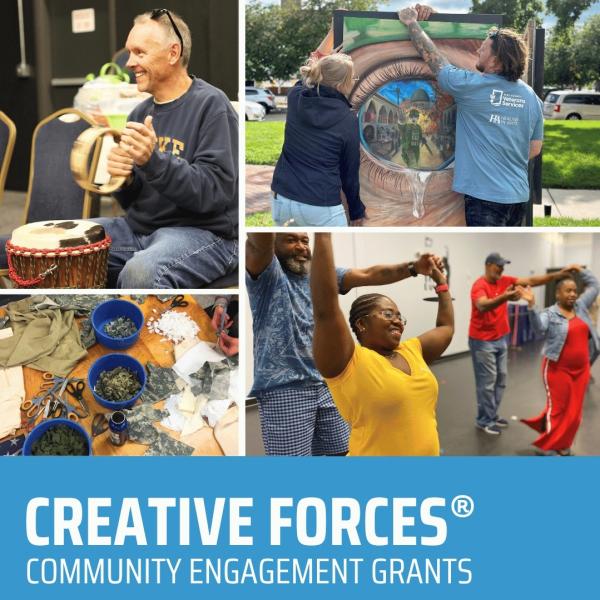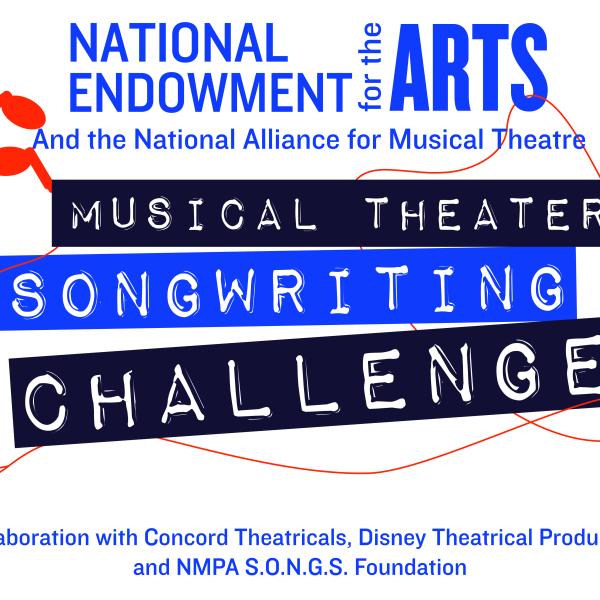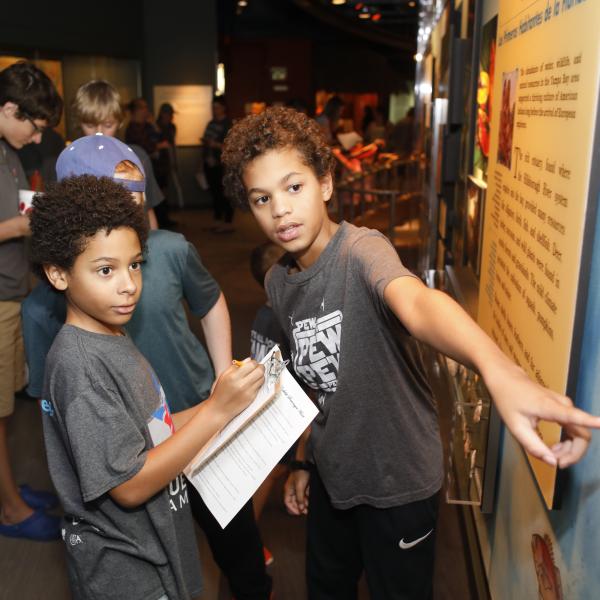National Endowment for the Arts Statement on the Death of NEA Jazz Master Sheila Jordan

Ron Carter (1998 NEA Jazz Master) and Sheila Jordan at the 2012 NEA Jazz Masters Tribute Concert. Photo by Michael G. Stewart
It is with great sadness that the National Endowment for the Arts acknowledges the passing of vocalist and educator Sheila Jordan, recipient of a 2012 NEA Jazz Masters Fellowship, the nation’s highest honor in jazz. One of the premier singers in jazz, Jordan was also known for her stimulating vocal workshops as well. A superb scat singer, Jordan could just as easily reach the emotional depths of a ballad. Whether singing well-known standards or original material, she made it all sound like no one else.
In a 2012 interview with the National Endowment for the Arts, Jordan said, “All I wanted to do was just do the music and keep the music alive and be the messenger of the music either by singing it, or going out to hear it, or listen to it, or teaching it—which was a wonderful turn in my lifetime.”
Jordan, née Dawson, grew up in Pennsylvania's coal mining country with her grandparents, singing in school and on amateur radio shows. In the early 1940s, she returned to live with her mother in Detroit, where she became interested in jazz after hearing a Charlie Parker recording. She met some of Detroit's young musicians during that time, such as Tommy Flanagan, Kenny Burrell, and Barry Harris. She then joined a vocal trio, Skeeter, Mitch, and Jean, which performed versions of Parker's and others’ bebop solos in a manner akin to later vocal jazz trio Lambert, Hendricks & Ross.
Upon moving to New York City in the early '50s, Jordan sang in clubs and at jam sessions with some of the city's jazz giants, including Charles Mingus, Herbie Nichols, and Parker. She also studied with the renowned Lennie Tristano. In 1952, she married Parker's pianist, Duke Jordan. Ten years later, she made her acclaimed first recording, showing her vocal finesse on a ten-plus minute version of “You Are My Sunshine” on George Russell's album The Outer View. Thanks to Russell, she released her first album, Portrait of Sheila, on Blue Note, the first female vocalist to record for the label.
In the mid-1960s, Jordan's work encompassed jazz liturgies sung in churches and extensive club performances. After touring and recording with trombonist Roswell Rudd in the 1970s, Jordan became a member of the Steve Kuhn Quartet alongside bassist Harvie S and drummer Bob Moses. By the late '70s, jazz audiences began to understand her uncompromising style and her popularity increased.
Her preference for bass and voice led to several collaborations with bassists, including Arild Andersen, Harvie S, and Cameron Brown. Jordan is the pioneer in bass/voice duo in jazz, starting in the early 1950s. In her interview with the NEA, Jordan said, “I love the bass and voice and I love the space. I love the space and I love working off the silence…. You're out in the open and I love challenge.”
In 1978, she began teaching at the City College of New York and continued teaching jazz vocal workshops there until 2005. She was also a faculty member for Jazz in July at the University of Massachusetts at Amherst and the Vermont Jazz Center in Brattleboro, Vermont, and conducted workshops internationally as well. She is the recipient of several honors, including the 2008 Mary Lou Williams Award for a Lifetime of Service to Jazz.




